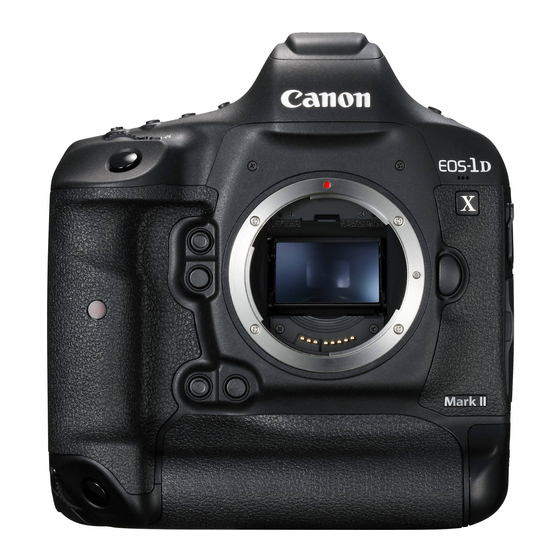Pro Member
- Joined
- Oct 21, 2024
- Posts
- 9
- Likes Received
- 10
Hi Everyone!
What AF Case and settings do you guys use for photographing fast movement, e.g., airshows? I use Cases 2 or 4 but have never fully understood how those cases work.
Cheers!
What AF Case and settings do you guys use for photographing fast movement, e.g., airshows? I use Cases 2 or 4 but have never fully understood how those cases work.
Cheers!

